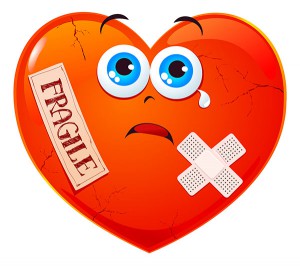 Dr. Joe Crowe, a famous breast cancer surgeon at the Cleveland Clinic, had operated tirelessly all day on that Friday in November 1996. After he said goodbye to his last patient, he got a very bad headache, which hit him in a flash, and he had to sit down. A minute or two after that, chest pain started. It radiated up his arm and into his shoulder and then into his jaw. He was having a severe heart attack.
Dr. Joe Crowe, a famous breast cancer surgeon at the Cleveland Clinic, had operated tirelessly all day on that Friday in November 1996. After he said goodbye to his last patient, he got a very bad headache, which hit him in a flash, and he had to sit down. A minute or two after that, chest pain started. It radiated up his arm and into his shoulder and then into his jaw. He was having a severe heart attack.
Dr. Joe Crowe was only 44 years old, with a wife and three young children, as well as a successful medical career. He had no family history of heart disease. He was not overweight or diabetic and did not have high blood pressure or a bad cholesterol count. In short, he was not the usual candidate for a heart attack. Nonetheless, he had been struck and struck very hard.
Dr. Crowe was lucky. He survived his heart attack, although tests showed he had a severe blockage in one of his main coronary arteries commonly called the “widow maker.” Unfortunately, his coronary artery anatomy excluded him as a candidate for surgical bypass or angioplasty and stenting. Dr. Crowe was understandably depressed. Since he already exercised and did not smoke and had a relatively low cholesterol count of 156 mg/dl, there seemed to be nothing that he could do to halt the disease. Then Dr. Crowe sat down with another surgeon from Cleveland Clinic, Dr. Caldwell Esselstyn, who put Dr. Crowe on a strict plant-based diet. He stuck with the plan rigorously and eventually reduced his total cholesterol from 156 to 89 mg/dl. His bad cholesterol dropped from 98 mg/dl to 38 milligrams per dL! About two and a half years later he had a follow-up angiogram that showed a normal left anterior descending coronary artery (“widow maker artery”).1
Dr. Crowe was fortunate that he survived his heart attack. In one third of patients, the first sign of heart disease is death! So how can we find out if we have heart disease that puts us at risk for a deadly heart attack? We can have a 15-minute test called a CTA of the heart. This short CT scan allows us to see inside the coronary arteries to detect plaque that could potentially rupture, causing a fatal or debilitating heart attack. Following the test you can sit down with a physician and review your heart images on a 3D workstation. Seeing your own coronary arteries on a computer screen can have a powerful, life-altering effect; we have had patients make major behavioral and dietary changes that have saved their lives.
A plant-based diet is standard fare for 4 billion of the world’s 5.5 billion people and heart disease and many other chronic ailments are almost unknown in these populations.2 The typical American diet guarantees that millions will die from clogged vascular systems. We have a clear choice: between invasive surgery and angioplasties that will do nothing to cure the underlying disease, or nutritional changes that will arrest and reverse the disease and improve the quality of our lives.
Dr. May is a board certified diagnostic radiologist with a subspecialty CAQ (Certified Added Quality) in vascular and interventional radiology, and Level II Cardiac CT. He is also a member of Desert Doctors and can be reached at Desert Medical Imaging (760) 776.8989 or www.desertmedicalimaging.com. For more information visit DesertDoctors.org.
Reference: 1) Esselstyn, Jr. M.D., Prevent and Reverse Heart Disease. New York, NY Avery 2008; 2) Campbell, Colin, The China Study. BenBella Books, 2006








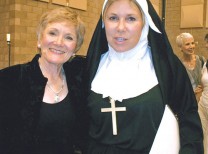
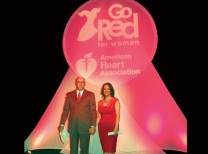


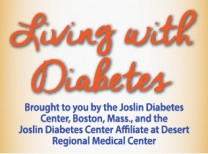


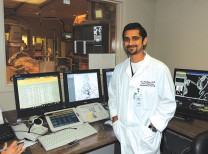
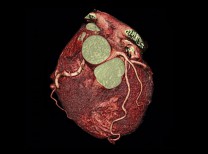































Comments (2)
Wow. I had a triple bypass 1 month ago at age 59. Was in good shape and actually started reading this very book today. Wish I had made these changes 6 months ago!
Thank you for reading, Paul! Happy and healthy New Year to you..Its never too late to start!
Lauren